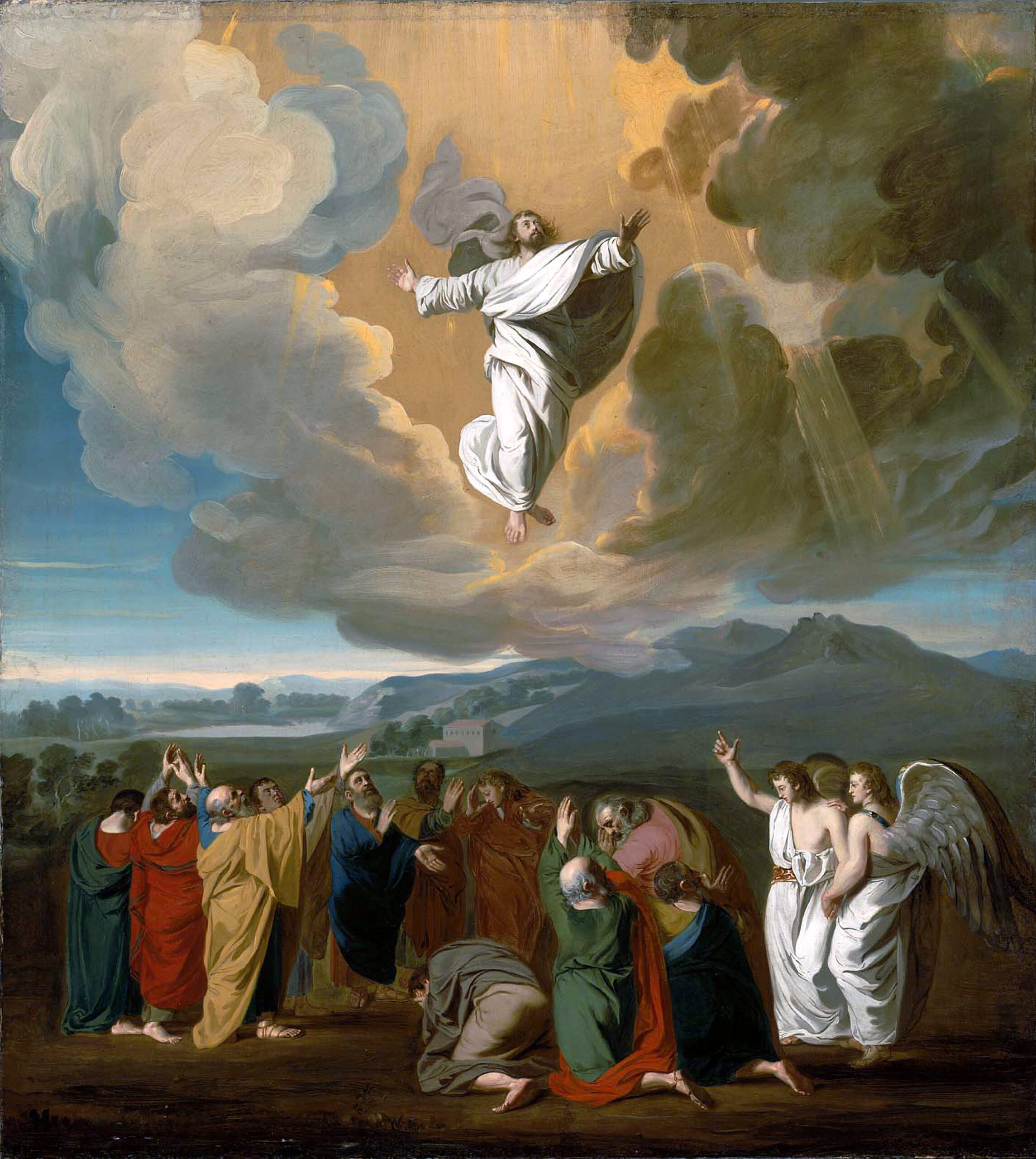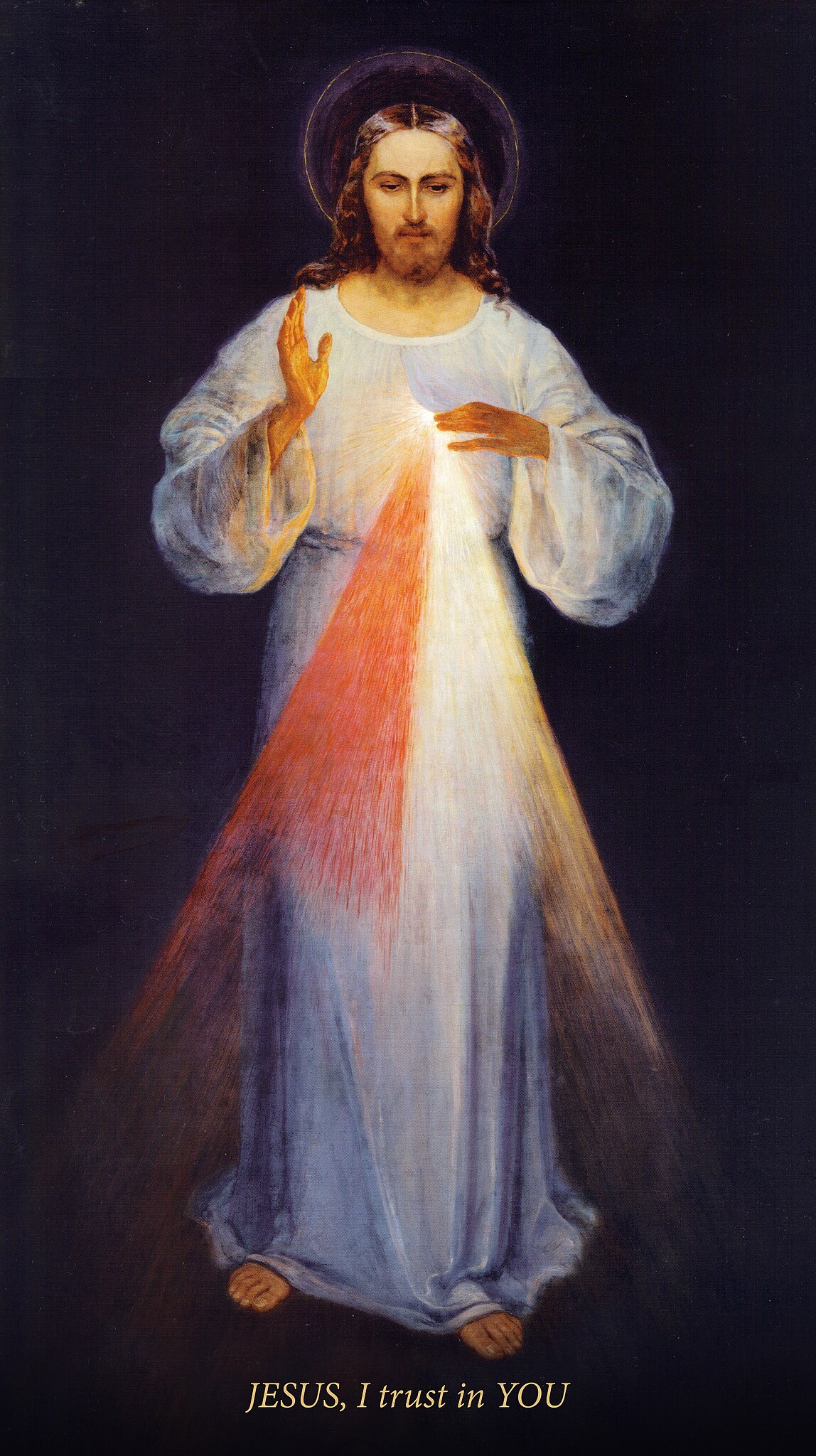Conversation with Christ summarizes St. Teresa’s masterful approach to meditation succinctly and clearly for the laity. Read on for an outline and explanation of St. Teresa’s daily routine of prayer.
Why Follow a Routine?
During her daily period of meditation, St. Teresa operated in an orderly manner; her prayer was not a haphazard, rambling affair. In other words, St. Teresa followed a method of prayer.
True, St. Teresa’s method is quite different from the involved procedures proposed to us by modern writers; but it is definitely a method. Her method, or manner of procedure, if you will, simply follows the workings of our interior mechanism: intellect and memory resulting in acts of the will. Her method is not complicated: it is, however, complete and sufficient. It was not St. Teresa’s intention to bind the soul to a hard and fast method of prayer. She intends merely to distinguish clearly the necessary elements preparatory to our conversation with Christ. If her outline is followed, it may be worked out in any framework of the individual’s choosing. But we think it essential that the beginner follow some logical procedure at meditation; else there is great danger of aimless mental wandering during the period of prayer. The employment of a method serves as a guide for the beginner; it is a lifesaver in times of dryness and aridity; and when distractions weary the soul, one can fall back upon the method immediately.
We find much prejudice levied against the employment of a method; and some of it is based on sound reasons. We do need a method; but we do not require an involved, intellectual “work out.” There are two extremes to be avoided: overcomplexity, and lack of any method. The solution lies in between: the method of St. Teresa.
The method spells out the steps of meditation in a clear and logical order. As the soul progresses in prayer, these steps will be employed automatically without advertence to their application. It will be only in periods of dryness that one will find himself obliged to force through the method again to insure success at prayer. Some will find that they need only spend a short period on the preliminaries, and can launch almost immediately into the conversation. Others will be obliged to expend much effort on the presence of God and consideration; and then find themselves able to stimulate but a short conversation with Christ. But all will be obliged to follow the steps of the method in some manner or other.
In outlining St. Teresa’s method, we have attempted to arrange it in as simple a manner as possible. A brief reading of the schema should serve to impress it on the mind. The individual may then employ it at prayer without the necessity of reference to a meditation chart. On various occasions one will find that he may omit some of the steps. For example, one might approach his period of meditation well rooted in the presence of God. As in all other phases of life, common sense should be the guiding factor.
The Five Steps
1. Preparation: It is difficult to launch into prayer from the midst of a flurry of distracting occupations. Almost all of us are forced to pause momentarily and place ourselves before Our Lord in the Blessed Sacrament, or God as He resides in the soul. A good beginning is half the battle.
2. Selection of the Material: Having reminded oneself of Christ’s presence, one is next obliged to select a subject for the day’s conversation. This is ordinarily best done by reading from some book suited for meditation, preferably the Gospels. Or it may be accomplished by the study of a picture or statue of Our Lord.
3. The Consideration: After Christ’s presence has been recalled and the proper material selected, the individual begins the examination of the day’s matter. In this study of the material, one asks himself the traditional questions: Who is here in this scene? What is He doing? Why is He doing it? What does it mean to me?
4. The Conversation: Now one is prepared to undertake the principal part of meditation, that for which all the preceding steps have been devised. The soul begins to talk slowly to Christ, telling Him of its love for Him, its desire to serve Him, its willingness to do anything for Him. He adores Christ in the scene of the day’s meditation; he expresses his love for Him; thanks Him for past gifts; petitions Him for new favors in the future. When the conversation begins to falter, it will be necessary to return briefly to the consideration to stimulate new thoughts for additional conversation with Christ.
5. The Conclusion: This is an entirely optional step; but we feel it to be of great value in making progress in prayer. Near the close of the meditation period, it would be well for one to tie up the loose ends. Our Lord should be thanked for the graces received during the time of prayer now coming to a conclusion. Then, very briefly, one might examine his failings during the period, and promise to eradicate these in the future. This determination to hold better conversation with Christ in succeeding periods gives one a strong determination to make further strides along the road of prayer. And with this burst of enthusiasm and promise for the future, the day’s prayer is concluded.
Outline
General purpose: to hold loving conversation with Christ.
1. Preparation
Place oneself in the presence of Christ.
2. Selection of the material
Read; or study a picture of Christ.
3. Consideration
Reflect upon the material. Ask oneself the questions: who, what, why, for what reason?
4. Conversation (Core of the Meditation)
Converse with Our Lord about the material. Employ the affections of love, adoration, thanksgiving, sorrow, petition.
5. Conclusion
Gratitude to Christ for favors received. Examination of faults during meditation, and resolution of further effort in succeeding meditations.
ooo
This article is taken from a chapter in Conversation with Christ: The Teachings of St. Teresa of Avila about Personal Prayer by Peter Thomas Rohrbach which is available from TAN Books.








